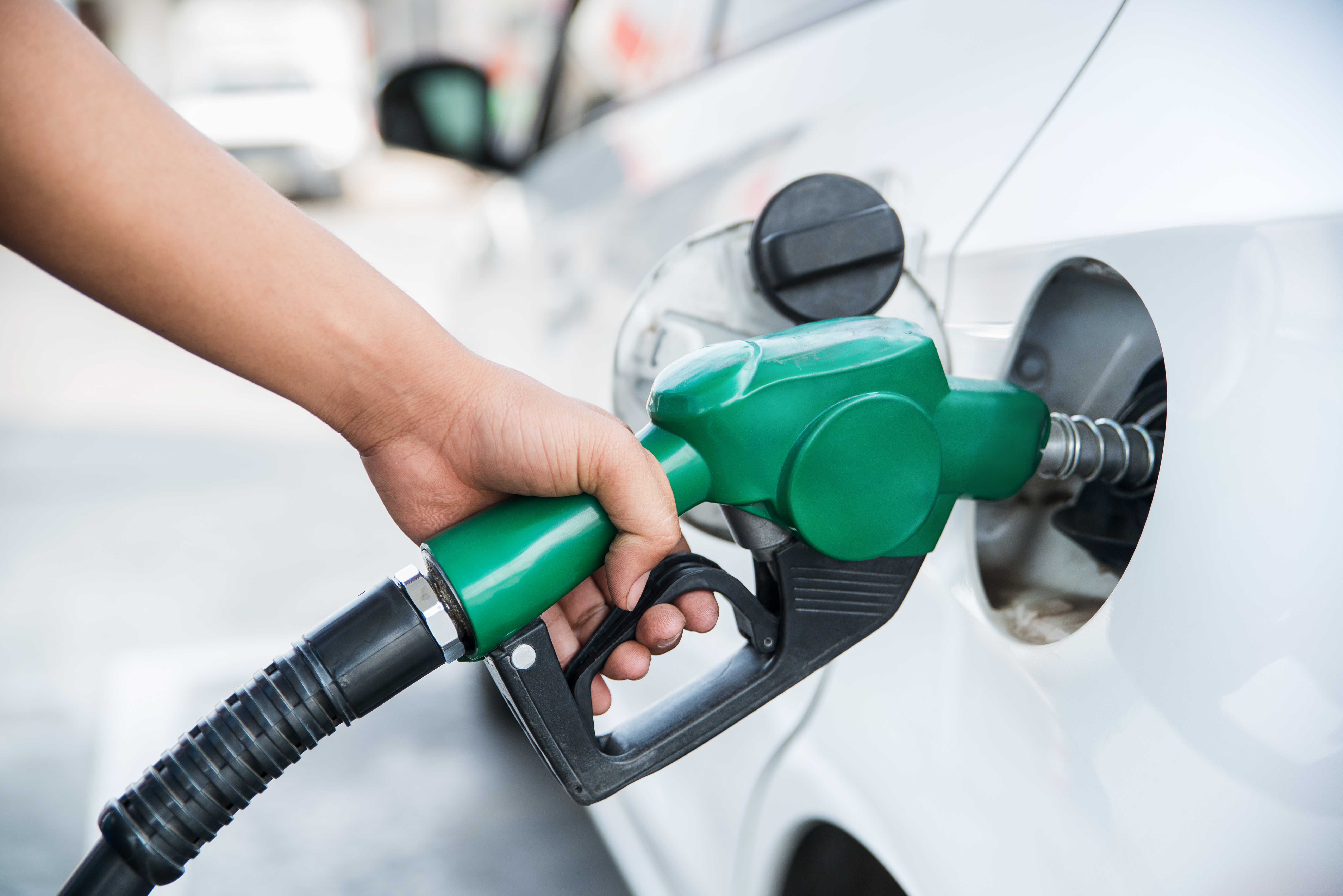
Saving fuel and money goes hand-in-hand. That’s why smart drivers use various techniques to take advantage of that fact. Several techniques don’t mean they’re difficult to manage. Actually, these techniques and tips are easy incorporate in your daily motor rides. So, you don’t need to worry about making significant changes to your usual routines. Even while you’re still maximising fuel efficiency.

Regular car maintenance is an underestimated gas saver. Keeping your vehicle running smoothly assures not a single drop of fuel is wasted on easy-to-fix issues. Using the wrong engine oil could be one of them. Thankfully, you can easily find out which engine oil you should be using in the handbook. But there’s also steps you can take without getting service involved. And it only costs you a few minutes every few gas stops.
Before you head out to fill up petrol, make sure your tyres are still cool. Once refuelled, stop at the pressure gauge and check your tyre pressure. This is beneficial to your general driving safety and what’s more, it can turn any tyre set into fuel-saving tyres. To truly benefit from this, ensure an ideal tyre pressure. In our experience, this may be between 0.3 to 0.5 bar more than defined on the sticker in the driver’s side door frame. Do make sure that you do not exceed the recommended maximum tyre pressure (related to a fully loaded car) also found on the sticker.
You’re not sure how to check your tyre pressure? Our Expert is happy to help you out to check your tyre pressure.
Our Expert's Advice:

The rim certificate is issued by the manufacturer. It confirms that the rims have been tested and approved by the relevant authority.
Lower fuel consumption of add-ons
Admittedly, everyone likes additional comforts such as air conditioning or cruise control. Wrongly used however, they can increase petrol consumption significantly. Even things like unnecessary additional loads reduce your chance to save gas. So, what can you do?
Lose some weight and lower air resistance
When thinking about ways to save fuel, many instantly think of low rolling resistance tyres. Generally speaking, lowering resistance is correct. And there are easier ways of achieving that:
- When driving at high speeds, close the windows and switch on the air conditioning, if needed (try to avoid this, if possible, and you’ll save even more). This reduces drag.
- Remove transport racks and boxes when you’re not using them.
Particularly the last items increase wind resistance and total weight. As soon as you truly only drive the things around you need, you can save about 0.4 liters for every 100 kilometers or 0.5 liters for every 100 miles.
How to save fuel? Turn off additional consumers
Depending on the additional function, fuel consumption can increase significantly – whereas it is actually easy to save fuel by simply turning them off or using them correctly:
- When driving at low speeds, open your car windows and turn off the air conditioning.
- Dress warmly in cold months to lower or even turn off car heating.
- Turn off cruise control on curvy roads, and when ascending or descending.
- Turn off your warm engine when you have to wait at a red light for more than 30 seconds.
Our Expert's Advice:

As cruise control sets a constant speed, it might seem like a gas saver. Which it is on flat and straight surfaces. But when you reach the top of a hill, cruise control won’t react as quickly as you yourself could. That’s simply because it doesn’t have your foresight and in turn that leads to a higher fuel consumption.
Be a smart driver: be a fuel saving driver and think ahead
One of our most important fuel saving tips is to maintain a constant speed as long as possible. Well within driving laws and traffic conditions, of course. Fuel-efficient driving means maintaining a constant speed, while stop-and-go situations require more fuel.
Whenever accelerating becomes necessary, you should do so gently. That’s why many good drivers emphasise anticipatory driving. By getting a good feeling for what will happen next, you won’t need to brake and speed up again as often as you would without thinking ahead.
Our Expert's Advice:

Did you know? Fuel-efficient driving has even more benefits: It prevents accidents, and saving fuel is actually better for the environment. That’s another great way to think ahead!
Keep the gears turning at the right speed to save gas
In that same vein, fuel-efficient driving also includes switching into the correct gear for your current speed. This means you want to keep the revs low. High revs mean more engine rotations. In turn, that results in a higher fuel consumption.
So how to save gas while driving? When driving in urban areas, switch into the highest possible gear – this keeps the revs low. Remember to adhere to the speed limit though. When you drive with low revs while thinking ahead, you’ll be sure to save fuel.
How to save fuel too: Plan your trips
Here’s our last, but often underestimated suggestion to save fuel: Reduce mileage. This doesn’t necessarily mean you’ll have to give up on driving altogether. Rather, you have to plan ahead just as you think ahead while driving. When you have errands to run, make sure to combine your trips into one. By having one longer trip, the engine can reach ideal working temperature. This way, it consumes less fuel than when you take several shorter trips. Several shorter trips mean several cold starts for your engine. In the end, you might actually be using just as much fuel on several short trips as you would on one long one.
While we’re talking about doing things in one go: Here are all our tips for more fuel efficiency at a glance.
- Use the correct engine oil
- Keep tyre pressure at 0.3–0.5 bar above advised pressure to have low rolling resistance tyres
- Reduce unnecessary weight
- Reduce air resistance
- Switch off air conditioning and heating (dress warmly!)
- Turn off cruise control on curvy, ascending and descending roads for lower fuel consumption
- Turn off a warm engine at traffic lights with waiting times longer than 30 seconds
- Think ahead while driving to avoid sudden maneouvers
- Drive in the correct gear (high gear for low revs)
- Plan your trips
Of course, how to save fuel depends on your individual situation. But when you combine all our tips in a manner that works for you, you’ll have good chances to reduce your fuel costs.

